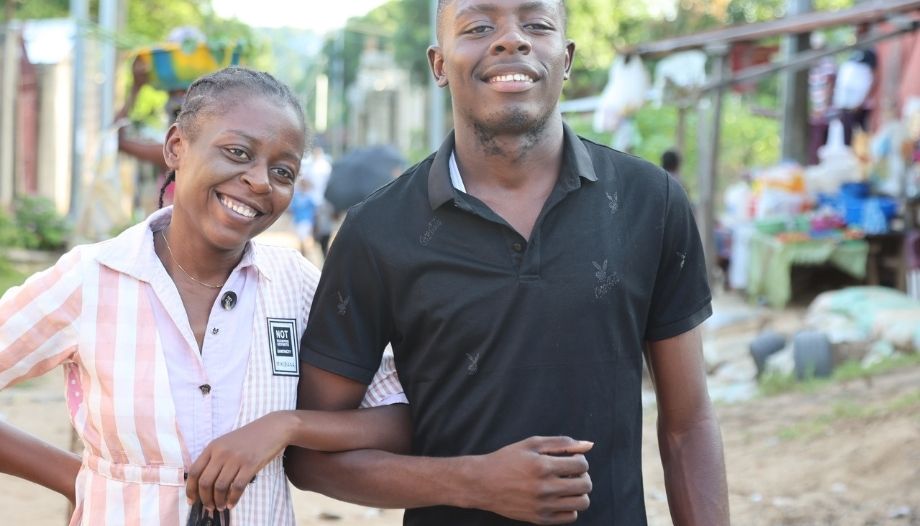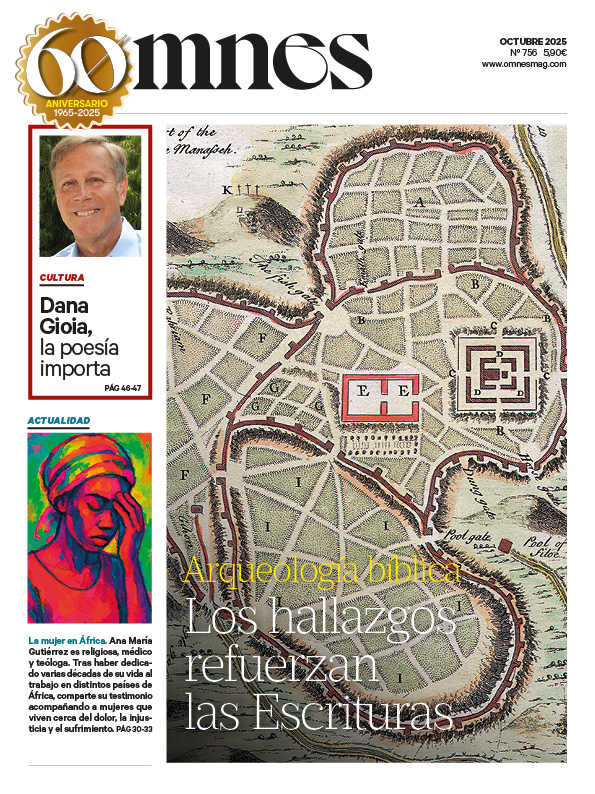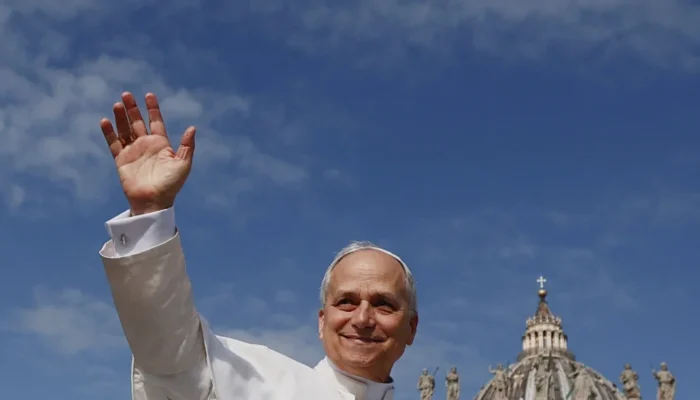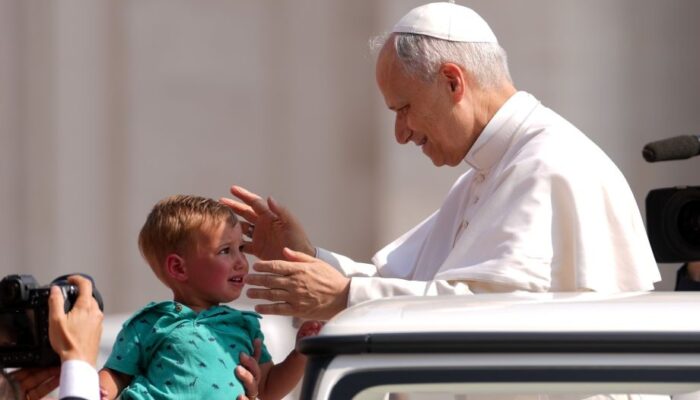In the capital of the Democratic Republic of Congo, Kinshasa, with nearly 20 million people, alone, there are more than 30,000 children living on the streets. An estimated 80 % of them were abandoned due to accusations of witchcraft. The documentary Kobotama Lisusu (The Reborn), focuses on two siblings accused of witchcraft, Fils and Ruth, and their story of overcoming and hope to become more than just street orphans.
The film will premiere in Madrid on November 27, directed by Álvaro Hernández Blanco, "a firm believer in the power of documentary cinema to catalyze certain changes, to raise awareness," he says. To situate himself, just one fact is enough: between 50,000 and 70,000 children in the Democratic Republic of Congo have been accused of sorcery and witchcraft, according to UNICEF and Save the Children.
From the Friends of Monkole
Alvaro Hernandez does so "hand in hand with Friends of Monkolewhich, since its inception, has helped so many people in the Congo," more than 150,000 people, mainly children and women in vulnerable situations. In fact, this foundation has launched a scholarship program to provide schooling, in a first phase, to 50 children from two orphanages in Kinshasa.
"You're actually proposing to people to collaborate in the solution, so it makes sense. They are initiatives to schooling children. For a modest amount you can pay for a school year for an orphaned child," explains Álvaro Hernández in a conversation with Omnes.
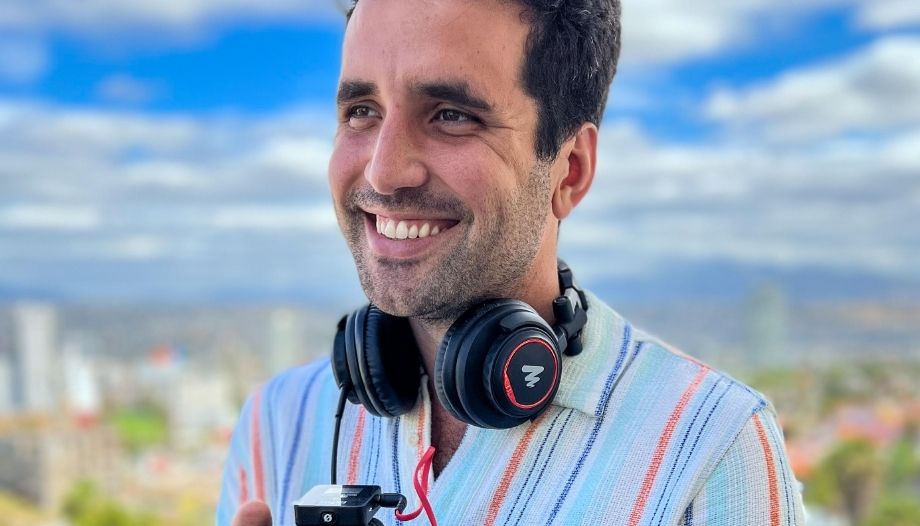
You believe in the power of documentary film...
- Yes, to be able to tell these stories, to contextualize, to delve into the richness of the site's problems, to transmit a bit of those cultural differences, that idiosyncrasy so exotic in this case. In the end it helps you to understand everything better from the inside, and to want to collaborate a little bit in the change. I try to make documentaries with people who know the terrain very well and the possible solutions to many of these problems.
How did you connect with that country, D.R. Congo, and did you become sensitized to the subject of the documentary?
- I was contacted by Gabriel González Andrío, who works at the Friends of Monkole FoundationI had made another documentary on the subject of migration. Gabriel, executive producer of the documentary, gives importance to the value of telling stories from the inside in order to convey a message about a cause. When you let the protagonists talk about these issues, you begin to understand them and feel that they are also important.
Gabriel proposes me a trip with this foundation Amigos de Monkole, to make some of the stories they are used to find in the region they work in their own. And we traveled to the D.R. Congo during Easter this year.
The phenomenon of abandoned children in the street...
In particular, we wanted to focus on the phenomenon of children abandoned in the street, often sadly due to accusations of witchcraft. These are children who grow up in poverty, homeless, orphaned. And thanks to Friends of Monkole, a minority of them are getting ahead. And thanks in general to charity, because these children are absolutely hopeless, and some are luckier, because they find other ways to get ahead, some orphanages, an education ..... This is a little bit what we want to reflect in this documentary.
There are also very beautiful images of Palm Sunday, which show how these celebrations are lived in such a different way, they give the finishing touch to the documentary, it is one of my favorite scenes.
The protagonists are two Congolese brothers...
- We were closely following two brothers, Fils and Ruth, who told us where they came from and where they were going. The documentary is titled 'Kobotama Lisusu', which means something like 'The Reborn' in Lingala, a main language spoken in Kinshasa (D.R. Congo), apart from French.
Fils and Ruth were abused and expelled from their home as children, accused of being witches. In Kinshasa alone, home to some 20 million people, there are more than 30,000 children living on the streets. An estimated 80 % of them were expelled and abandoned because of accusations of witchcraft.
Are these accusations coming from outside, or from within the family?
- They come from within the family, that is the hardest thing. That such harmful and insidious beliefs can lead a father or a mother to be convinced by silly things, such as having pimples, or others, by unhealthiness, to add fuel to the fire... And they can even say: you are cursed...
Sometimes they are absolutely external factors, like the father's job is not going well. And they manage to make the poor innocent kid a scapegoat. And this is something you see a lot. In the documentary we don't explicitly tell about some of the most horrifying cases we hear about, of children who are killed directly, in short...
It seems that in the country there are many children without families, without parents to care for them, and orphanages. Is that so?
- Yes. It is a multifactorial problem, which makes, for example, that Mama Coco is the largest orphanage, or one of the largest orphanages in the Democratic Republic of Congo, that has so many children.
I do not know if there are many who are war orphans, others for the reason I have explained about witchcraft... These are sensitive issues that one does not want to investigate too much. Looking at the images, it is clear that they are kids with some kind of handicap. It is not unreasonable to assume that most of these kids have been abandoned for this reason.
Then there are armed conflicts.
- Let's see, there are problems of all kinds.
And what is your approach?
- The spirit in which we have approached the work is to tell stories of hope and overcoming. It is urgent to vindicate those stories. That is, when you see someone like Ruth and Fils get ahead despite everything. And meet good people who give them a hand, who make them believe in themselves. Who give them the tools and the paths, and the resources to become something more than just orphans of the street.
I believe that even if it is an isolated story, it should be celebrated, and it should be amplified. So that it is no longer an isolated story. At the end of the day, that's the inspirational part of what we're trying to do with this.
And then there is a more practical part. Effectively we are proposing the way to collaborate in this cause, it is for a good purpose. For something like a hundred euros, or two hundred, you pay for an entire course for a kid, and it's not much really.
One last question, were you able to shoot freely?
- It is a delicate issue to make documentaries, especially in a place like the Congo, where there can be a look of suspicion towards the white man, and not without reason. It is not easy to get resources and film people other than the protagonists. Filming in the streets of Kinshasa is almost unthinkable. But even though we didn't have all the freedom, I think we still managed to get some pretty shocking images.
We concluded the conversation by talking about Friends of Monkole, which has a dozen projects in this African country, many of them through the Monkole Mother and Child Hospital in Kinshasa.
Education, fundamental
"We are convinced that education is fundamental for the development of a country and a guarantee of equal opportunities for all children," said Enrique Barrio, president of Amigos de Monkole, which is based in Madrid. You can collaborate with these projects through Bizum 03997. The documentary will premiere at the cinemas of the Palacio de la Prensa in Madrid (c/ Gran Vía) on Thursday, November 27 at 8:45 pm.

